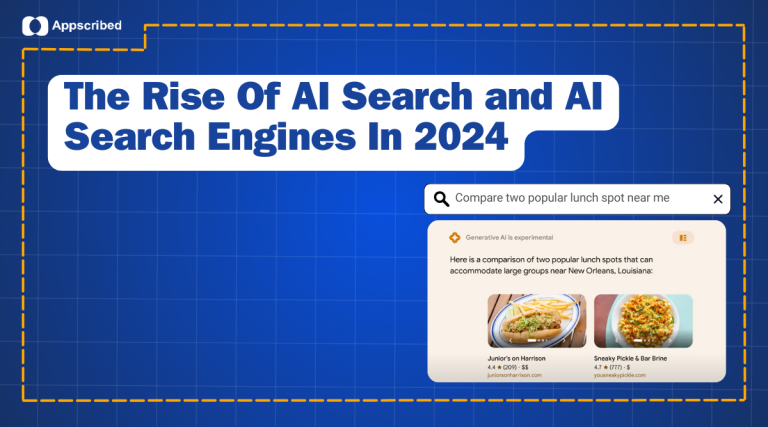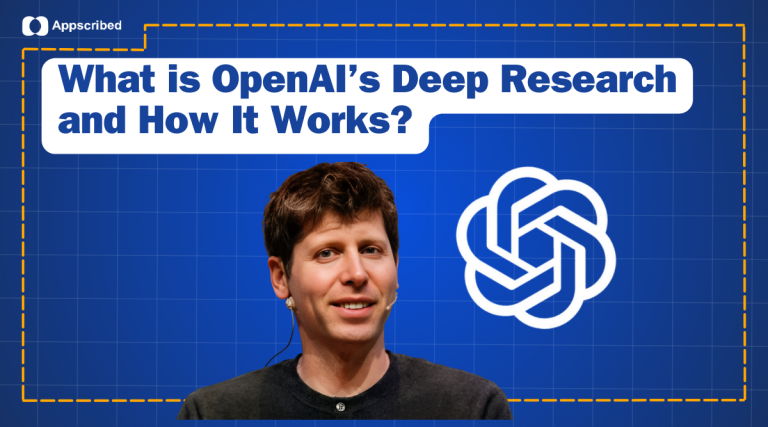On December 6, 2024, as part of its “12 Days of OpenAI” live stream event, OpenAI introduced a reinforcement fine-tuning feature for the o1 model, enabling developers and machine learning engineers to customize AI models for specific, complex tasks.
Here are the key highlights of OpenAI Day 2 event:
Reinforcement Fine-Tuning for o1 Model
Reinforcement fine-tuning is a method where developers guide an AI model’s behavior by providing tasks and evaluating its outputs. The model uses this feedback to improve its reasoning and accuracy in similar problems.
The Reinforcement Fine-Tuning program details:
- Purpose: Enhance AI models to excel in complex, domain-specific tasks.
- Participants: Open to research institutes, universities, and enterprises handling specialized tasks with clear correct answers.
- Application: Interested parties can apply through a provided form.
- Availability: OpenAI plans to make this feature publicly accessible in early 2025.
OpenAI’s Reinforcement Fine-Tuning Research Program distinguishes itself from traditional training methods by emphasizing customization through reinforcement learning, allowing models to adapt to specific, complex tasks based on direct feedback.
Here’s how it compares to other approaches:
Traditional Supervised Fine-Tuning
- Methodology: Involves training models on labeled datasets where each input is paired with the correct output. The model learns to map inputs to desired outputs based on this data.
- Application: Effective for tasks with clear, predefined answers, such as classification or translation.
- Limitations: May not perform well in scenarios requiring nuanced judgment or where the “correct” answer is subjective.
Reinforcement Fine-Tuning (OpenAI’s Approach)
- Methodology: Developers provide tasks and evaluate the model’s outputs, offering feedback that the model uses to improve its performance. This process aligns the model’s behavior with specific goals or preferences.
- Application: Ideal for complex, domain-specific tasks where outcomes are not strictly right or wrong but can be optimized based on feedback.
- Advantages: Allows for more flexible and adaptive learning, enabling models to handle tasks with varying criteria for success.
Key Differences
- Feedback Utilization: Reinforcement fine-tuning leverages evaluative feedback to guide learning, whereas supervised fine-tuning relies solely on correct input-output pairs.
- Adaptability: Reinforcement fine-tuning enables models to adapt to specific user needs and preferences, offering a tailored AI experience.
- Outcome Optimization: This approach focuses on optimizing performance based on feedback, making it suitable for tasks where success is measured by degrees rather than absolutes.
By incorporating reinforcement fine-tuning, OpenAI’s program offers a more dynamic and responsive training paradigm, enhancing the model’s ability to perform specialized tasks effectively.
Closing Thoughts
The Reinforcement Fine-Tuning program introduced on Day 2 highlights OpenAI’s focus on making AI more adaptable and useful for specialized tasks. Combined with Day 1’s launch of ChatGPT Pro and the o1 model, it’s clear that OpenAI is aiming to redefine how we interact with AI.
Stay tuned to Appscribed for Day 3 of the “12 Days of OpenAI,” where more updates and innovations are expected to be revealed. If the first two days are any indication, there’s much more to look forward to!
Also Read: List of All ChatGPT Updates till Dec 2024













